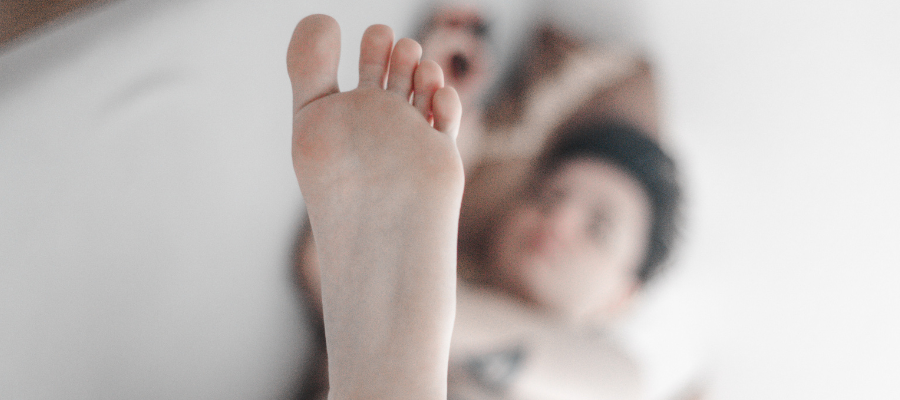Restless Leg Syndrome (RLS): Causes and Treatment
Restless leg syndrome (RLS), also known as Willis-Ekbom disease, is a neurological sensory disorder that compels people to move their legs to relieve uncomfortable sensations in the legs and feet. It affects up to 10 percent of the population, according to the National Institutes of Health.
RLS symptoms usually occur in the evening and nighttime and are frequently most severe when people with the condition are trying to rest. RLS can also occur at any time of day during an extended period of inactivity or sitting, such as when traveling, being at the movies or sitting at a desk.
Restless Leg Syndrome Causes
Restless Leg Syndrome causes are unknown, but researchers think it may be related to a dopamine imbalance that affects brain chemistry, according to the Mayo Clinic. RLS isn’t always related to underlying medical issues, but sometimes it does occur in conjunction with other disorders, including peripheral neuropathy (commonly associated with diabetes), iron deficiency, kidney failure and spinal cord problems.
RLS affects both men and women, though it occurs more frequently in women. RLS can strike at any age, including during childhood, but most people who are severely affected by the symptoms of RLS are middle-aged or older.
How does RLS affect sleep?
RLS is often classified as a sleep disorder since the symptoms tend to increase in severity at night and interrupt the process of falling asleep or returning to sleep after waking. The condition forces people to move their legs to get relief from the symptoms, which disturbs their sleep, and the uncomfortable sensations the disorder causes frequently recur when movement stops.
Since RLS interrupts sleep, people who have the condition can experience many of the symptoms associated with sleeplessness, including daytime sleepiness, lack of focus and concentration, negative mood effects and problems with performance on the job or at school. Some people with RLS report issues with memory and difficulty completing tasks.
Consequences of RLS
The National Institutes for Health says that “untreated moderate to severe RLS can lead to about a 20 percent decrease in work productivity while also possibly contributing to depression and anxiety. In addition to making it difficult to get a good night’s rest, RLS can affect people’s ability to travel or engage in any other activity that requires prolonged periods of sitting.
How to calm Restless Leg Syndrome?

RLS is typically treated with lifestyle changes and other non-drug therapies. More severe cases can require medication to address the condition. People who have RLS along with other conditions, such as iron deficiency, diabetes or peripheral neuropathy, may find relief from RLS when medications are used to treat the underlying condition.
Lifestyle changes that may be effective in treating Restless Legs Syndrome include:
- Avoiding or cutting back on alcohol
- Quitting smoking
- Discontinuing caffeine
- Engaging in moderate physical exercise,
- Taking warm baths
- Using cooling or heating pads and massaging the legs.
- Addressing irregular sleep patterns
Restless Leg Syndrome and Medication
People who require medication to treat RLS may need to try different drugs to find what works for them as there is no single medication that is effective for everyone with RLS. This should be done in collaboration with a Restless Legs Syndrome Specialist. Medications that are used to treat the condition include iron supplements (magnesium in particular), anti-seizure drugs, dopamine, opioids and benzodiazepines.


